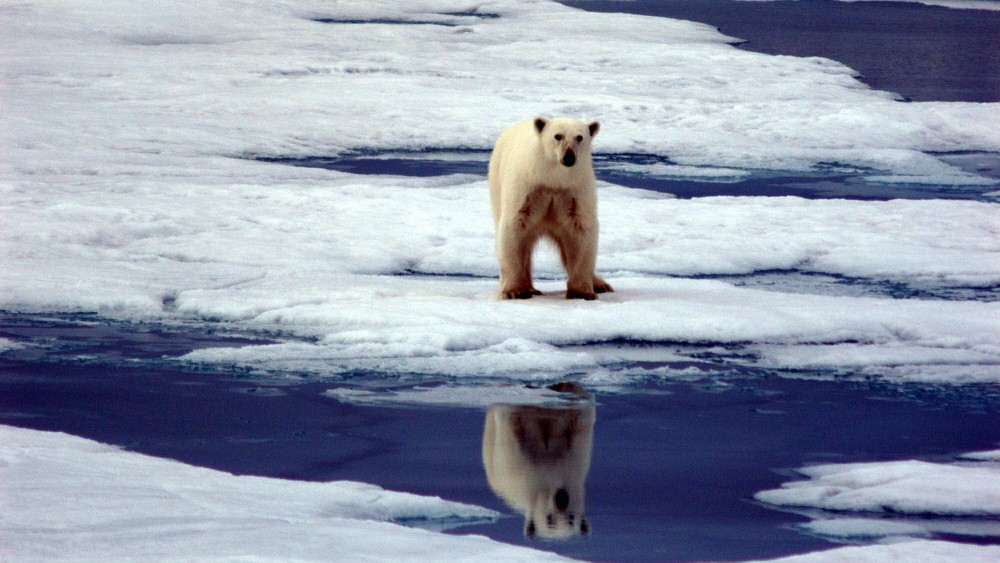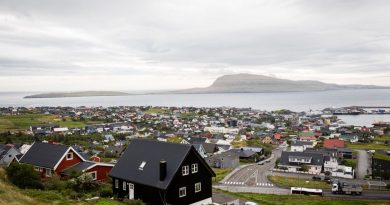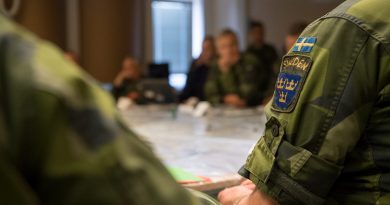On thin ice, more polar bears move from Svalbard to Franz Josef Land

February 27 marked International Polar Bear Day, but there is no reason to celebrate at Svalbard where the entire west- and north coasts of Spitsbergen and Nordaustlandet are open waters. Polar bears depend on sea ice for hunting seals.
He keeps a special eye on where they are heading to give birth. Denning is the most vulnerable time in a polar bear’s life.
“This is a very special winter compared to what we had 20 years ago. If someone twenty years ago said that all northern coast of Svalbard would be ice-free mid-winter in 2023, nobody would believe it,” Jon Aars says.
“That said, if we compare what we see today with the last 7-8 years, it’s becoming the new normal. Maybe five of the latest years have been like this with no ice around some of the islands.”
Maps provided by the ice service of the Norwegian Meteorological Institute paint a grim awareness picture.
Late February 2023 compared with the same day in 2022 clearly show which challenges polar bears are meeting this winter. Very close drift ice is marked red, 2023 to the right.
There is close to no sea ice around the southern, western and northern coast of Spitsbergen, the largest island in the Svalbard archipelago. Even Nordaustlandet has no ice along its northern coast. In some places, there is no sea ice until 82 degrees North.
Good swimmers, luckily
Luckily, Jon Aars explains, polar bears are really good swimmers.
“We have seen many bears swimming 2-300 km from Svalbard to the ice edge. But we do also occasionally see that they stay in Svalbard.”
Polar bears use the ice to hunt for seals.
Females, though, walk back to the land to give birth to cubs. No ice, no walk. Pregnant females are not fun of swimming long distances from the ice to land.
Instead, they walk towards Franz Josef Land where the sea ice is more stable. So far.
The Russian archipelago is northeast of Svalbard.
“The Barents Sea population of polar bears has lost two months of sea ice since I started to work,” Aars says. The Polar Institute started annual monitoring of polar bears’ movements in 1987.
Second lowest extent
According to the National Snow & Ice Data Centre with the University of Colorado Boulder, Arctic sea ice rose at a slower-than-average rate through January and reached the second-lowest extent in the satellite record by the end of the month. Least ice compared with normal was found around Svalbard, as well as west and south of Novaya Zemlya in the Barents Sea.
The lack of sea ice in the Barents Sea likely also contributed to above-average air temperatures, according to the Centre. As previously reported by the Barents Observer, January 2023 was the warmest ever in modern times in Norway’s northernmost region, Finnmark.
It is estimated that the Barents Sea population counts about 3,000 animals, of which some migrate between the three European Arctic archipelagos of Svalbard, Frans Josef Land and Novaya Zemlya.
“More bears are nowadays giving birth to cubs at Franz Josef Land,” Jon Aars explains. He is still in contact with polar bear researchers in Russia, despite the two Arctic nations no longer maintaining any joint funding programs for official science collaboration.
Asked about the long-term future of the polar bears at Svalbard, Aars thinks twice before answering:
“I think it is a little hard to see that we will have polar bears if there is no sea ice at all,” he says.
Related stories from around the North:
Canada: Ocean protection needs Inuit involvement, marine congress hears, Eye on the Arctic
Finland: What a Saami-led salmon rewilding project in Arctic Finland can teach us about Indigenous science, Eye on the Arctic
Greenland: Glowing snailfish full of antifreeze proteins found off coast of Greenland, Eye on the Arctic
Norway: Fish diversity increasing in northern waters as oceans warm: study, Eye on the Arctic
Russia: Polar bears face extinction in Svalbard and Arctic Russia says scientist, The Independent Barents Observer
United States: Alaska’s Bering snow crab, king crab seasons cancelled, The Associated Press



